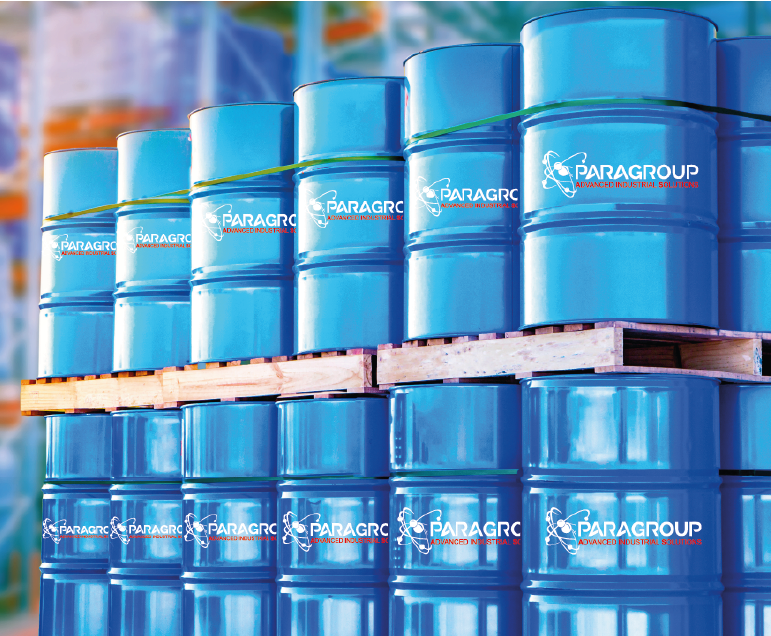We Care Abouth Your Prosperity
COMMODITY SERVICE
Commodity Service
Industrial chemicals include raw materials used in a variety of manufacturing processes, such as solvents, acids, and bases. These chemicals are used to produce a range of products, including the basic chemical needs of industries that address Textile, Metal Surface Treatment, Coating, Rubber, Plastic, Water Technologies, Paper, Packaging, Petrochemical, Mineral Oil, Mineral, Energy, Paint, Adhesive, Composite, Agricultural Chemicals.
Fertilizers are substances added to soil to improve plant growth and yield. They typically contain essential nutrients such as nitrogen, phosphorus, and potassium, and may also include other elements such as sulfur, magnesium, and calcium. Fertilizers can be organic, such as compost or manure, or inorganic, such as ammonium nitrate or urea.
As Paragroup, we are with you in all areas of life with our wide product range that appeals to the field.


